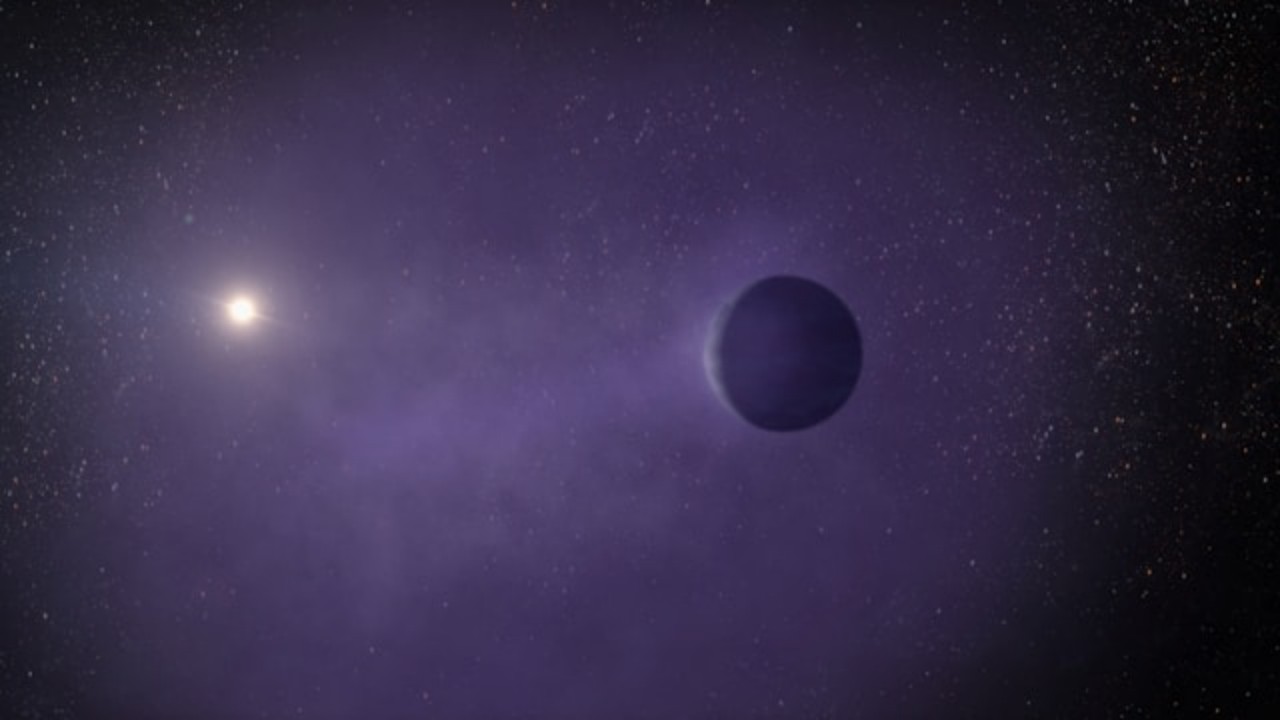Join on a celestial journey beyond the familiar confines of our solar system stirs the imagination like nothing else in the field of astronomy. The discovery of exoplanets, planets that orbit stars other than our own Sun, represents one of the most exciting frontiers in space exploration. It not only broadens our understanding of the universe’s vast complexity but also kindles speculations about the most tantalizing question of all: are we alone in the universe?
The quest for these distant worlds received a significant boost with projects such as the Kepler Space mission, which has dramatically increased our knowledge of potential habitable zones beyond our solar system. Launched by NASA in 2009, Kepler’s primary goal was to survey a portion of our region of the Milky Way to discover dozens of Earth-size and smaller planets in or near the habitable zone and determine how many of the billions of stars in our galaxy have such planets. Thanks to this mission and other research efforts, over 4,000 exoplanets have been confirmed thus far, showcasing an astonishing diversity in size, composition, and orbital arrangements.
Each newly discovered exoplanet brings with it a plethora of questions. What are their atmospheres like? Could they support life? Do any have water? Exploring these unknown worlds prompts advancing technology and sharpening methodologies in astronomy. For example, techniques such as the transit photometry and radial velocity have proven crucial in detecting these distant planets. Moreover, future technologies promise even more detailed insights through direct imaging methods.
Traveling virtually through these distant star systems, scientists use sophisticated telescopes and observational technologies to peel back layers of cosmic mystery. Observatories like TESS (Transiting Exoplanet Survey Satellite) and planned missions such as the James Webb Space Telescope aim to extend the pioneering work begun by earlier efforts. They enable us to characterize the atmospheres of these exotic worlds, searching for markers that might signal biological activity.
The enthusiasm for exoplanet discovery fuels interdisciplinary collaboration among scientists worldwide. Physicists, chemists, biologists, and astronomers pool their knowledge to decode findings that defy straightforward interpretation. Such cooperation underscores an essential truth about human curiosity: it knows no bounds or disciplinary limits.
Exoplanet exploration also serves a philosophical purpose by placing humanity within a broader cosmic context. By studying planets around other stars, we gain perspectives on Earthly issues from vantage points measured not just across continents, but across light-years – reminding us that our Pale Blue Dot is part of a much larger dance of celestial mechanics.
The discovery of exoplanets inspires generations to look up at the stars with reverence and wonderment. It reminds us that every point of light in the night sky could host unseen planets spinning gracefully around their suns just like our own. The continuous study and exploration into this field expand our cosmic horizons and ignite dreams of someday reaching these distant realms.
Thus, as we continue to dispatch sophisticated probes into the dark void and tune our telescopes toward distant suns, we not only gather data; we weave ourselves ever deeper into the grand tapestry of the universe. This celestial exploration reads like a science fiction novel brought to life: thrilling chapters filled with discoveries yet to be written in the annals of human achievement. As we decode more mysteries shrouding these exoplanets, each finding is a beacon that lights our collective journey through the cosmos.


